Skin Benefits of Exfoliation
Exfoliation is not only important for skin texture and tone, but the accumulation of dry skin also hinders the natural process of cell turnover. Cell turnover is the renewal of skin cells, and it plays a crucial role in maintaining healthy and vibrant skin. When the dry skin is not effectively removed and cell turnover rate is slowed, it can lead to various skin issues, including clogged pores, enlarged pores, and breakouts.
Exfoliation helps to address these concerns by sloughing off the dead skin cells, allowing the new and healthy skin cells to surface. This process not only fights dullness, but promotes a cleaner, fresher appearance as it uncovers the youthful and radiant skin beneath.
Regular exfoliation can also improve the efficacy of other skincare products by ensuring better absorption into the skin. This is why I added Polish to supplement the Trifecta, because it's crucial for any skincare routine if you want to get the most out of your products.
Exfoliation becomes increasingly important and valuable as we age. The problem is, there are a lot of choices when it comes to methods of exfoliation–some are expensive, some are inconvenient, some are downright wrong for our skin type and condition--so this was something I took seriously when developing an exfoliator. I wanted to create something that could be easily used for most skin types and most ages.
With that, let's start by differentiating between the various methods of exfoliation, explain what makes Polish so uniquely effective, and wrap-up with some critical exfoliation mistakes to avoid when incorporating this step into your skincare routine.

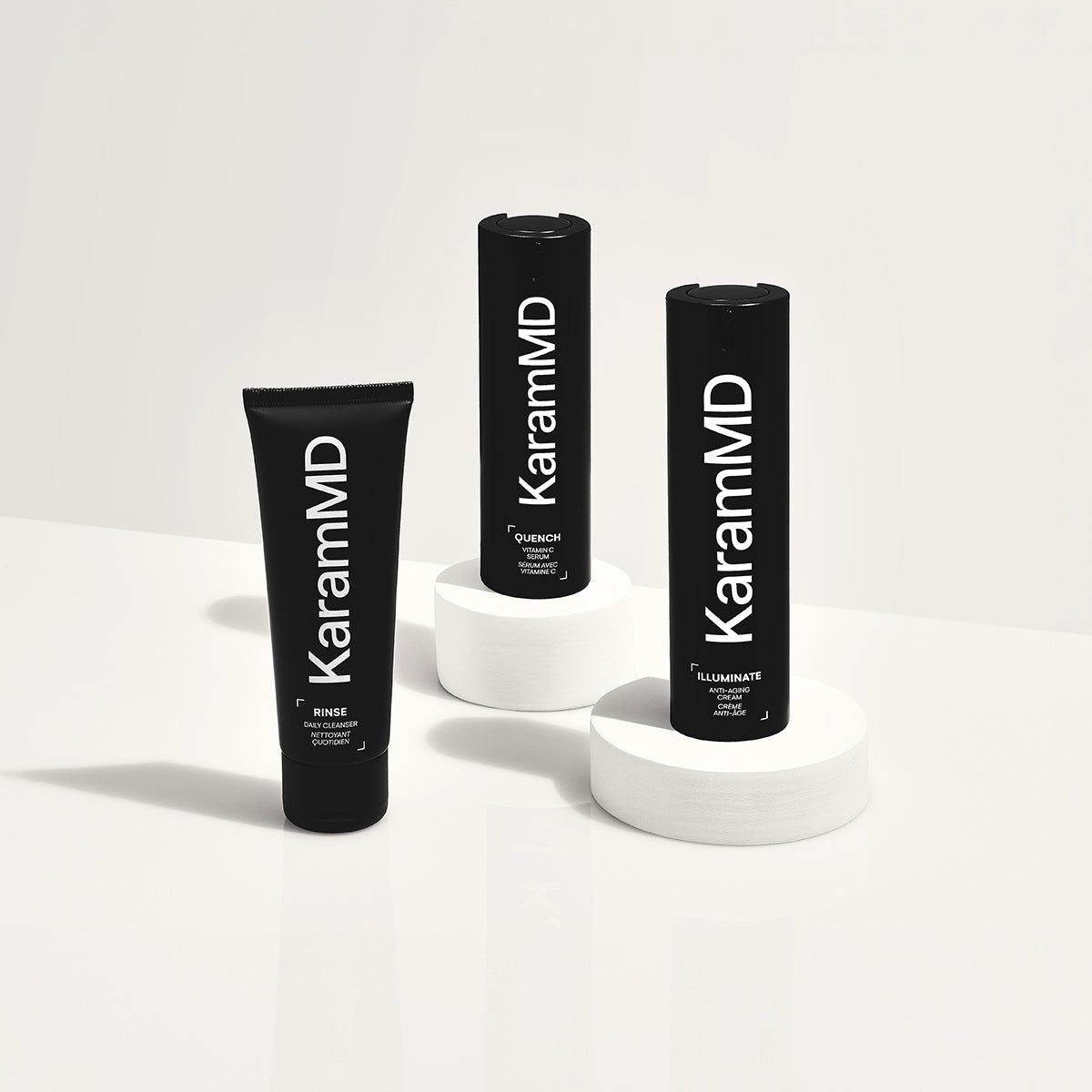
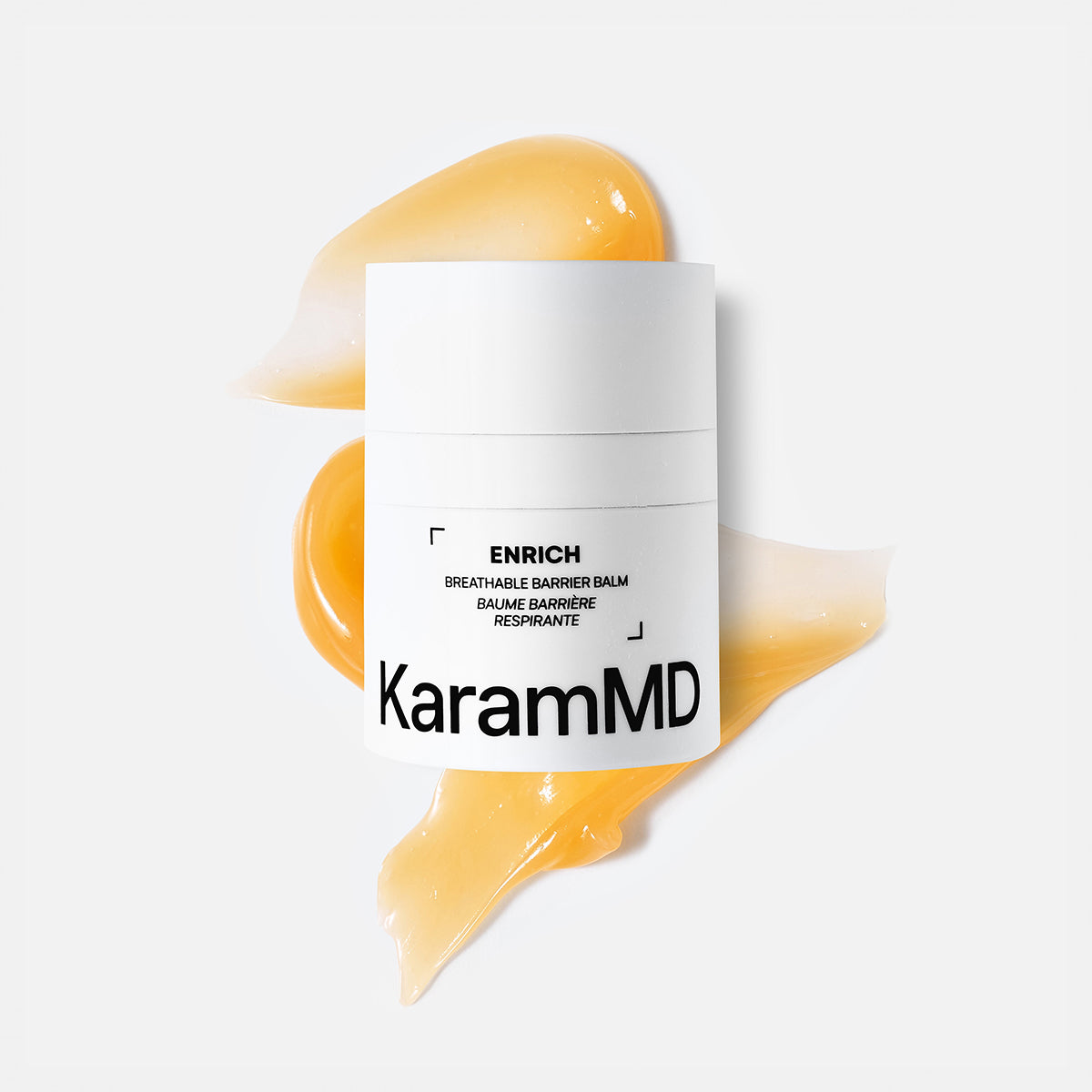
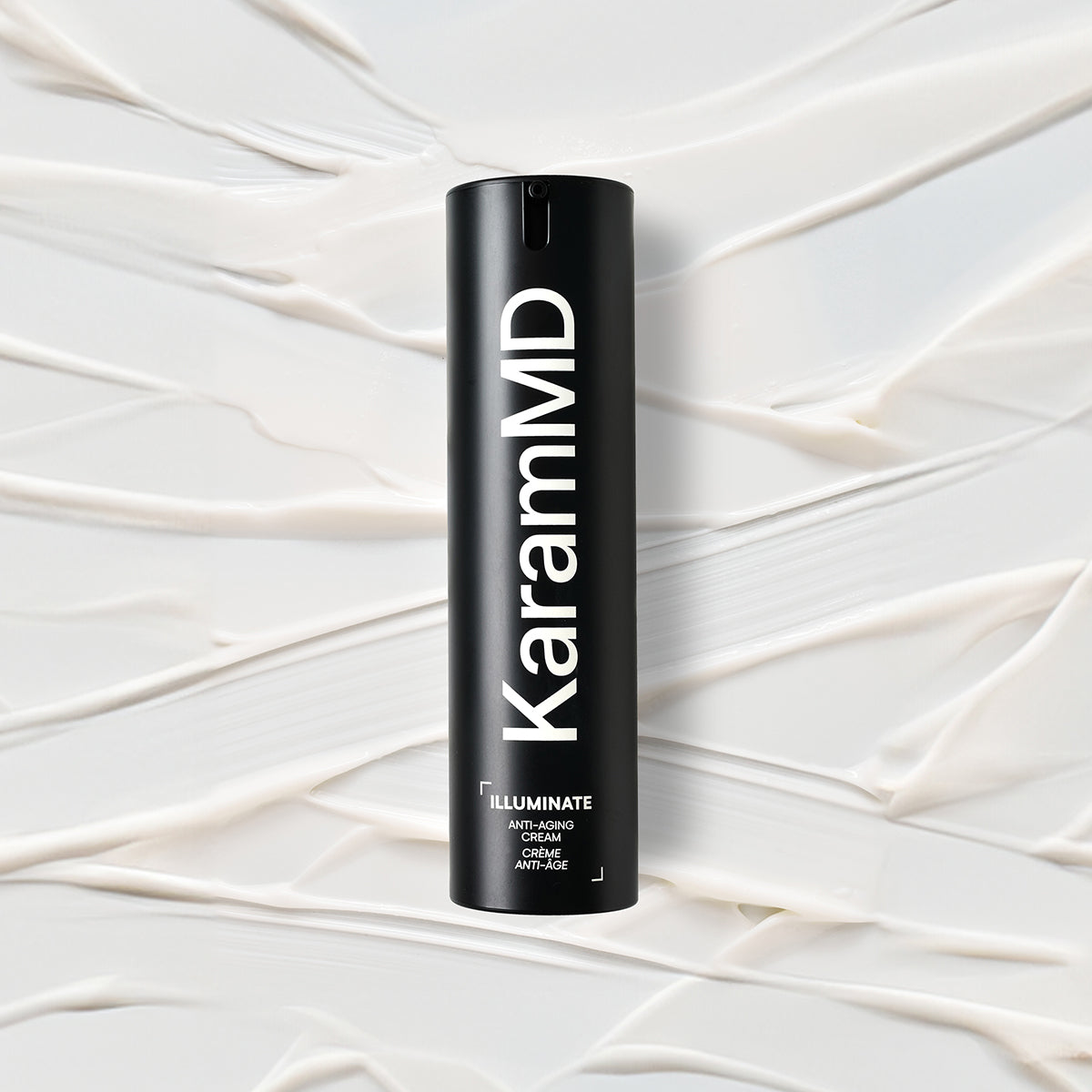
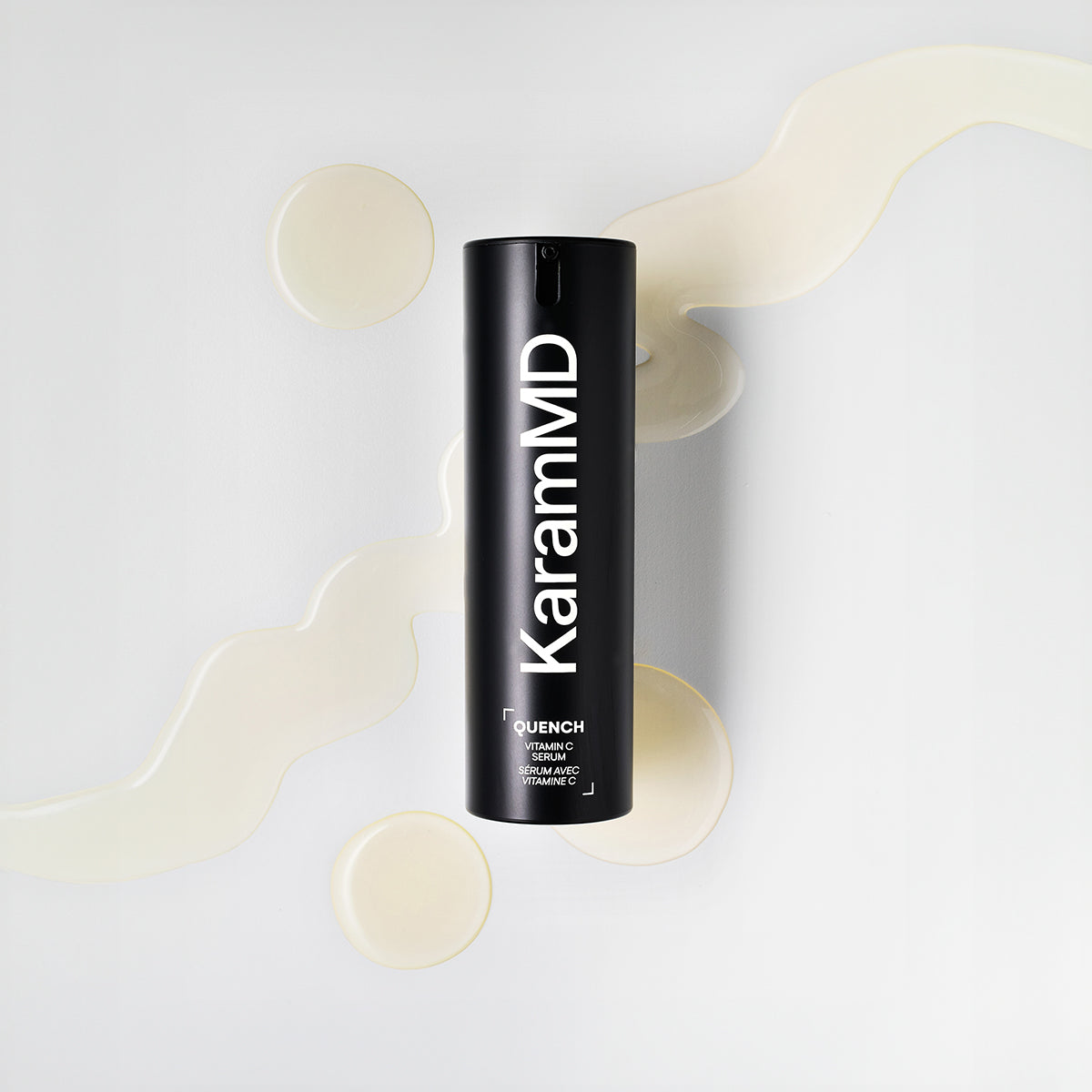
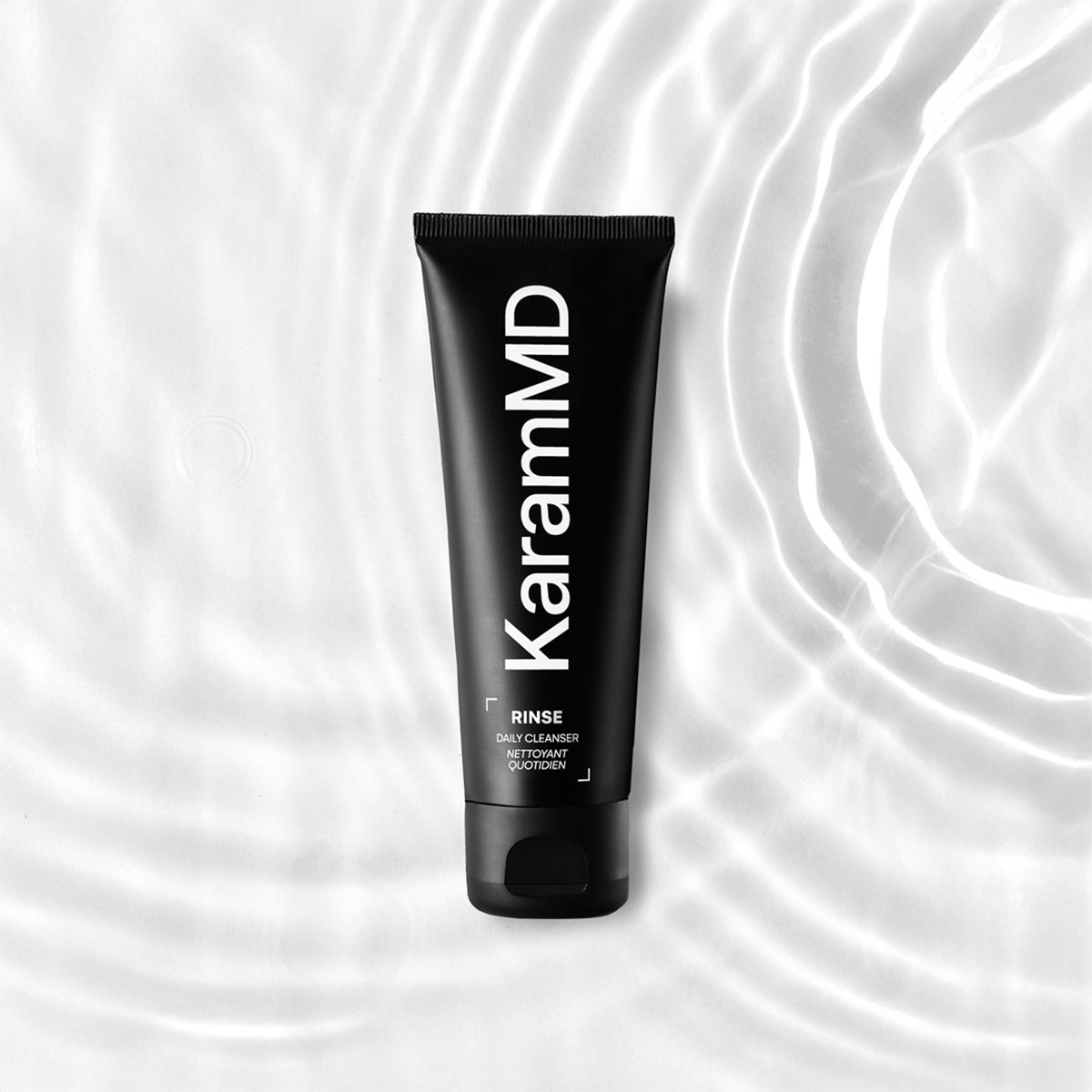
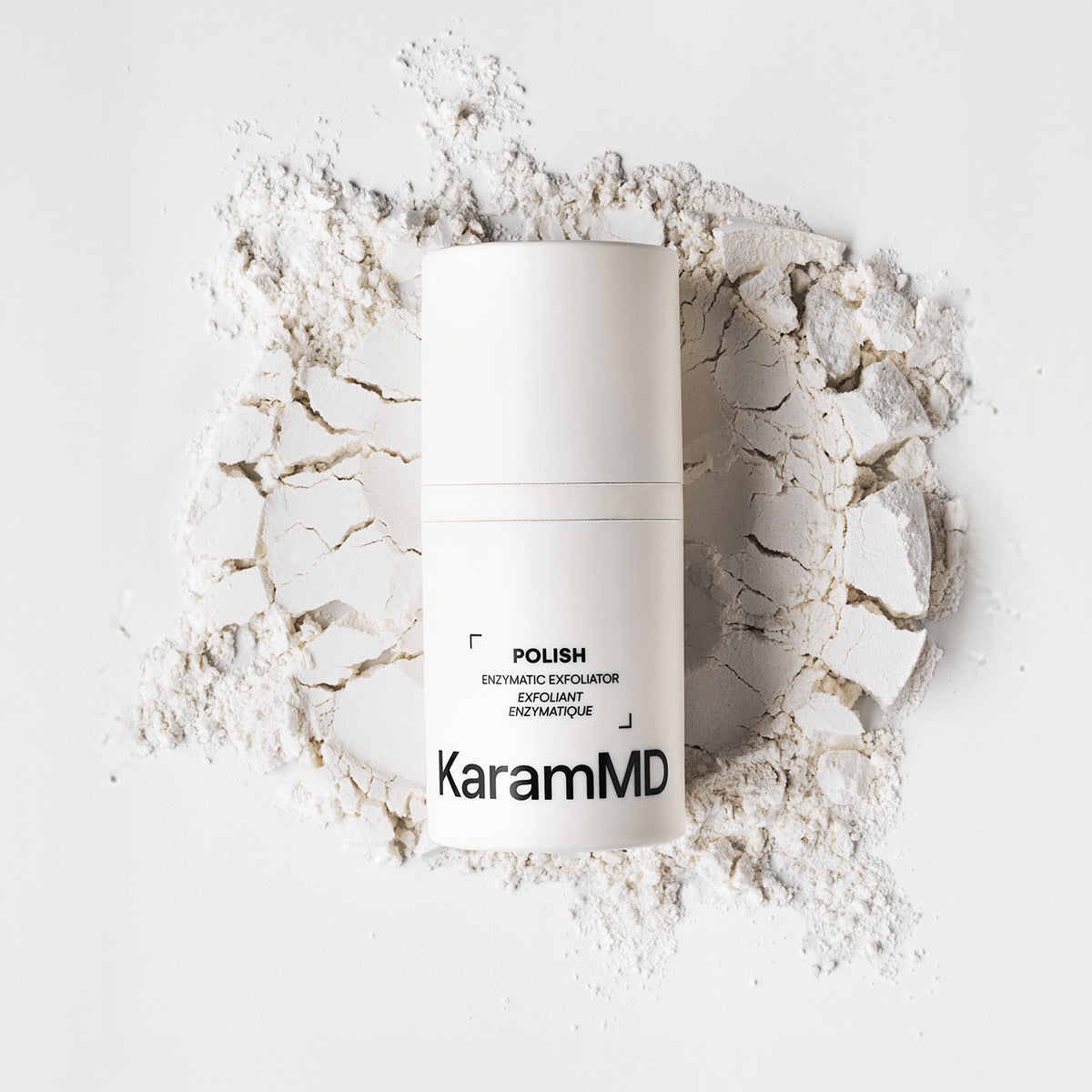
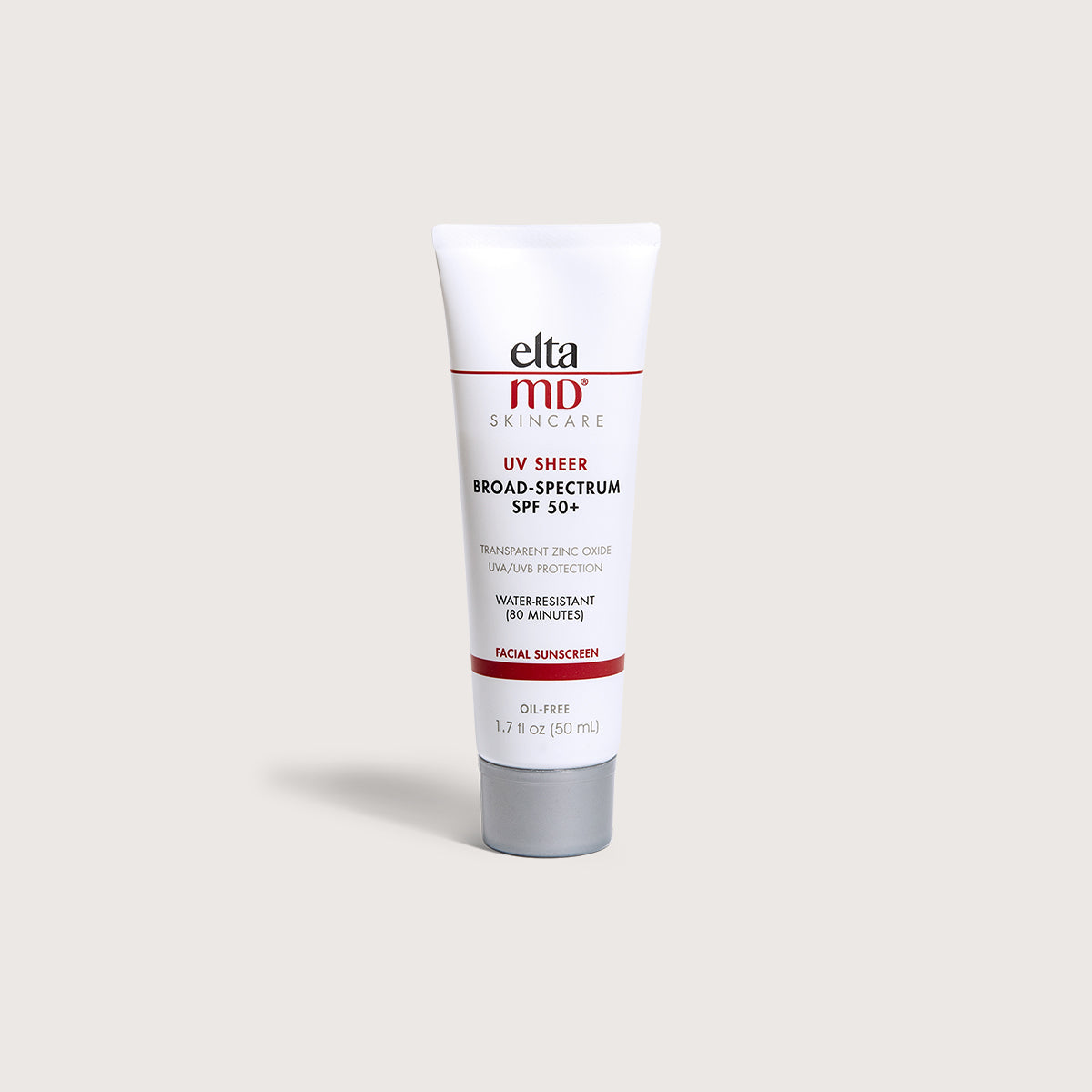
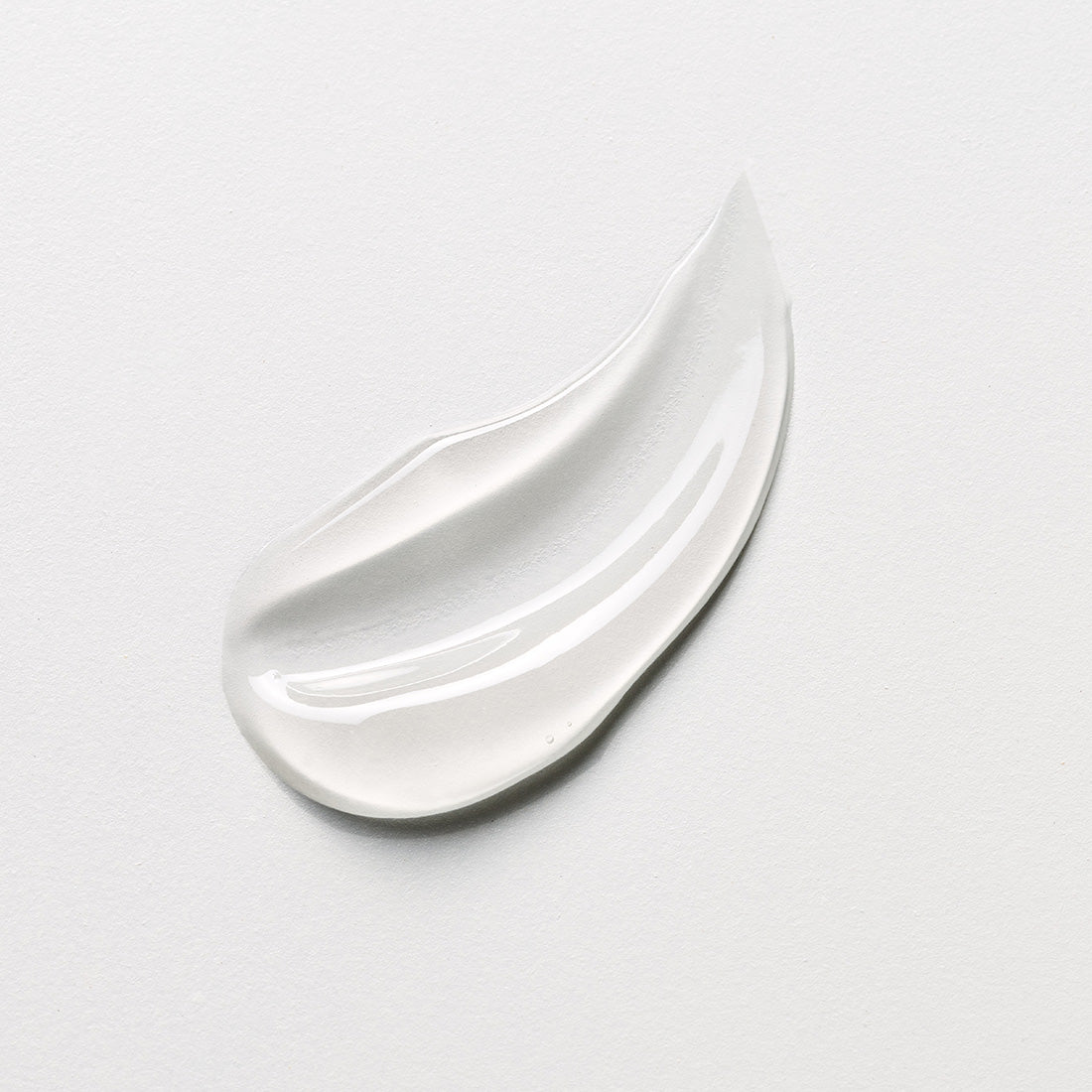
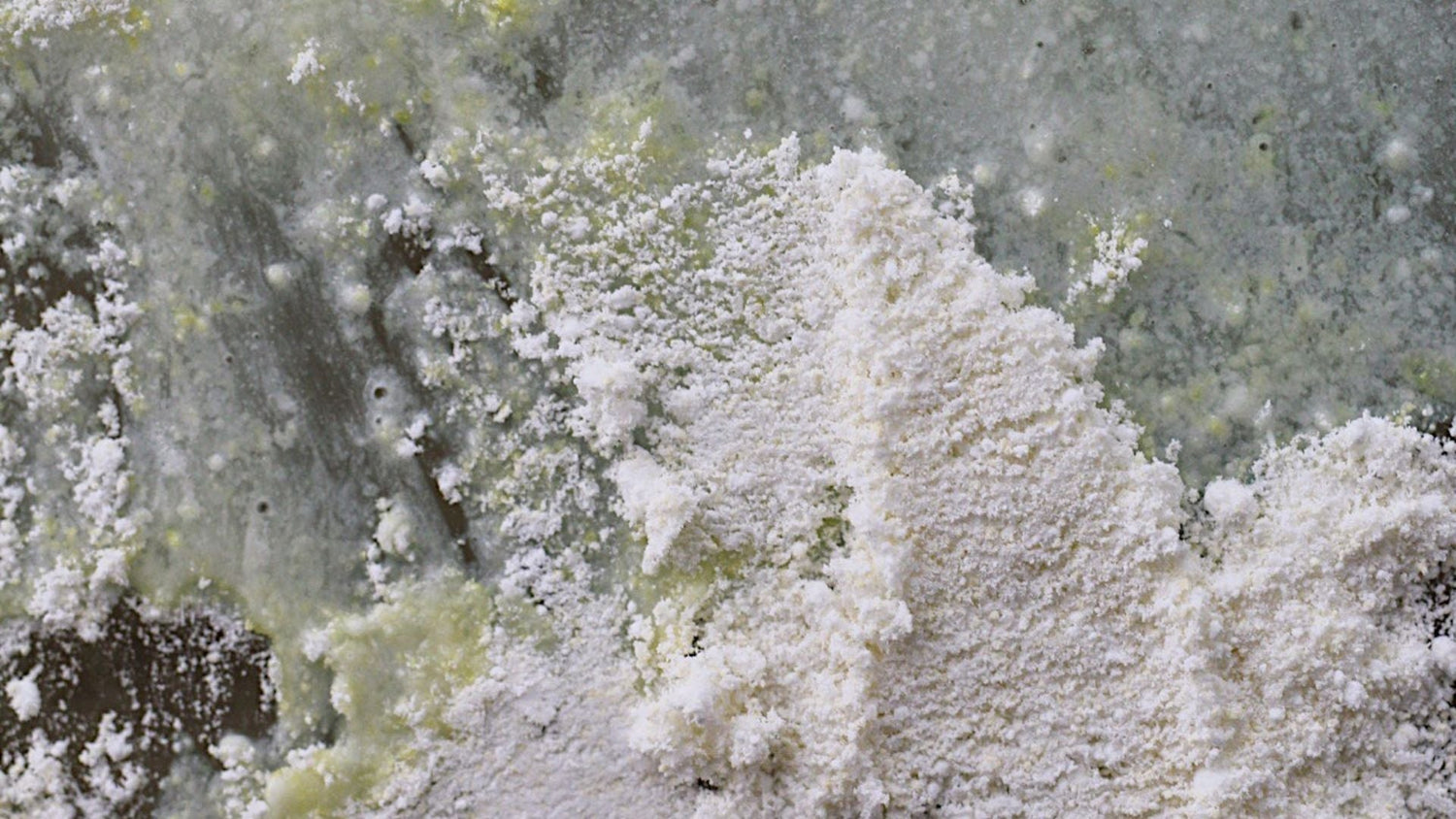




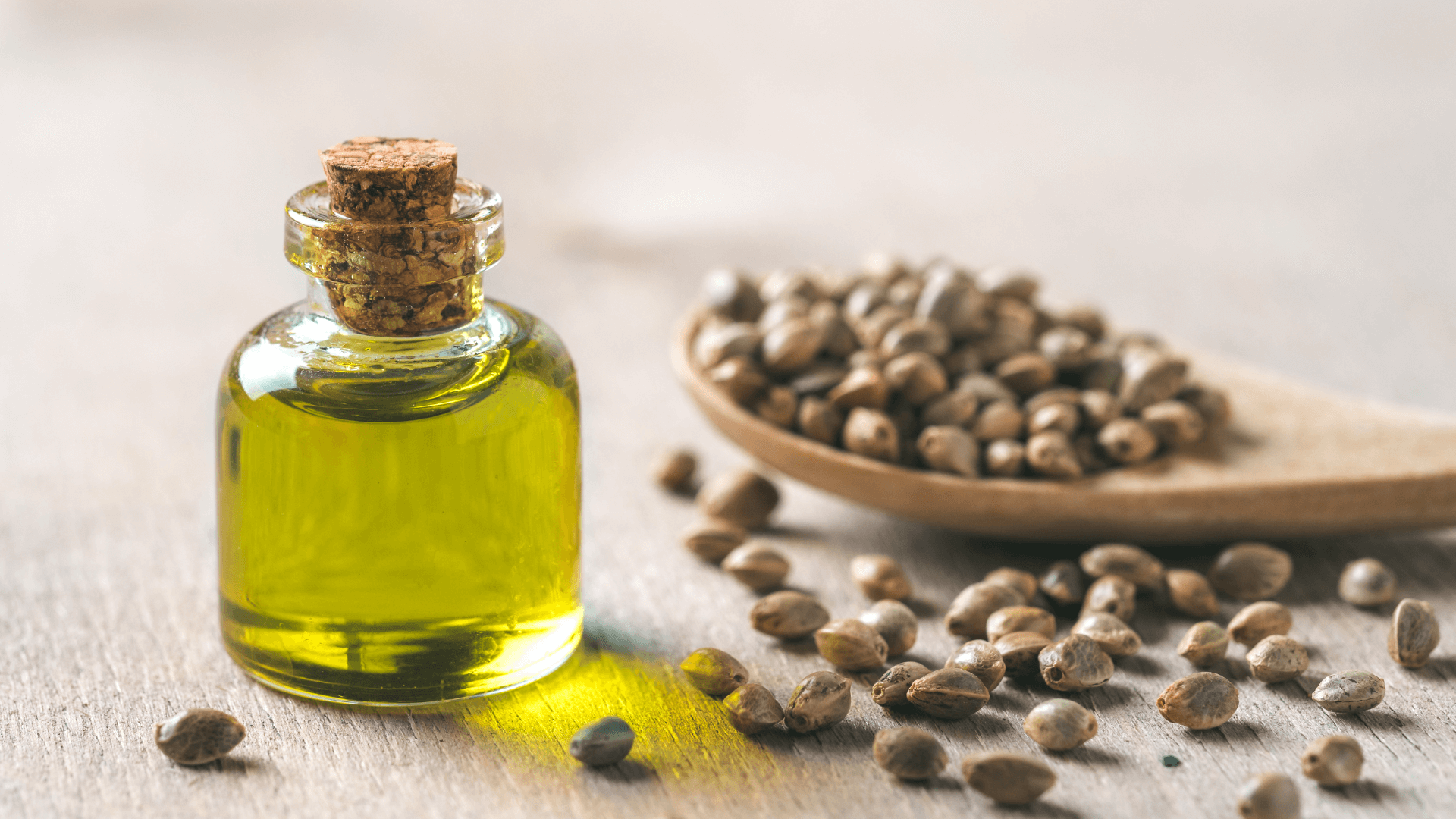


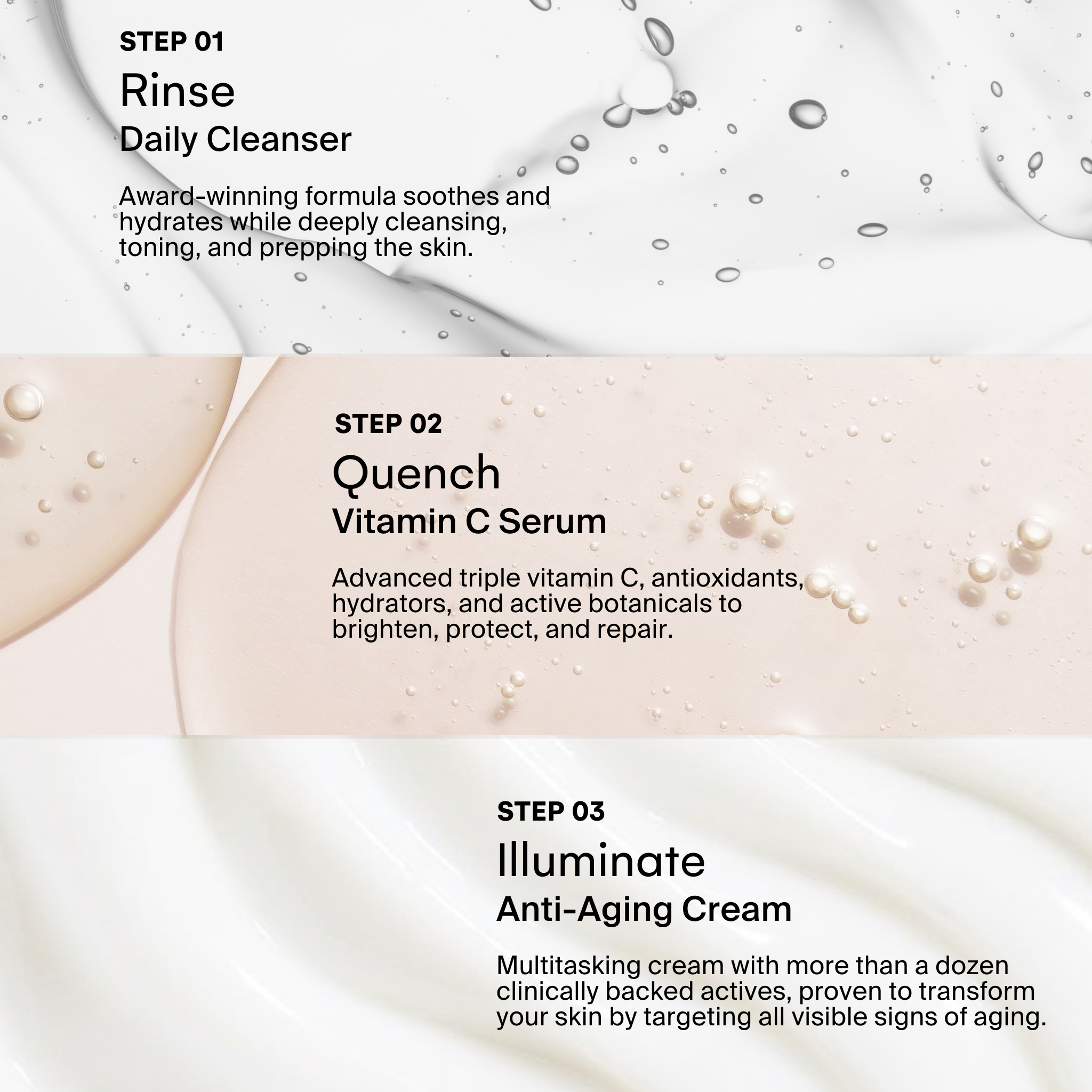
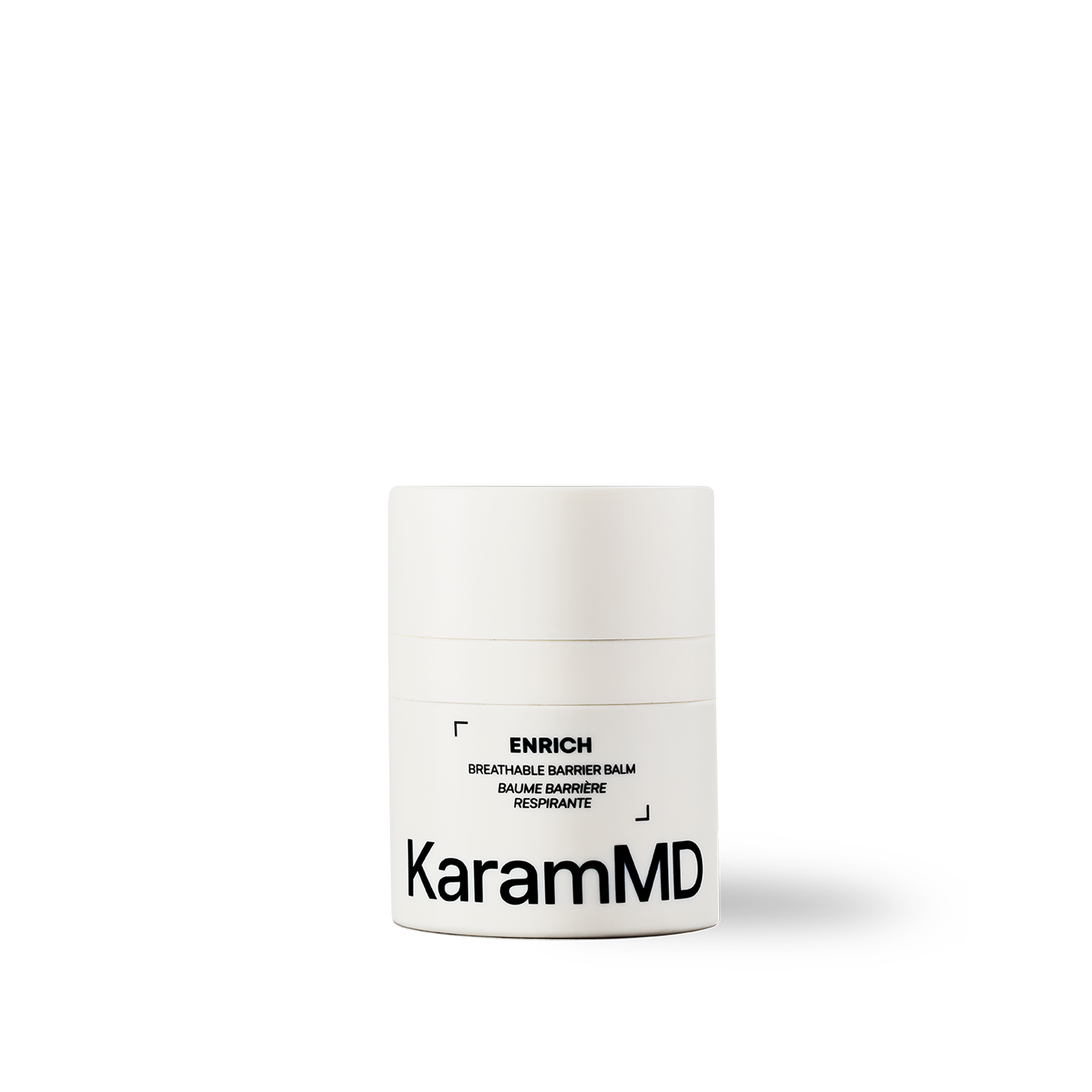
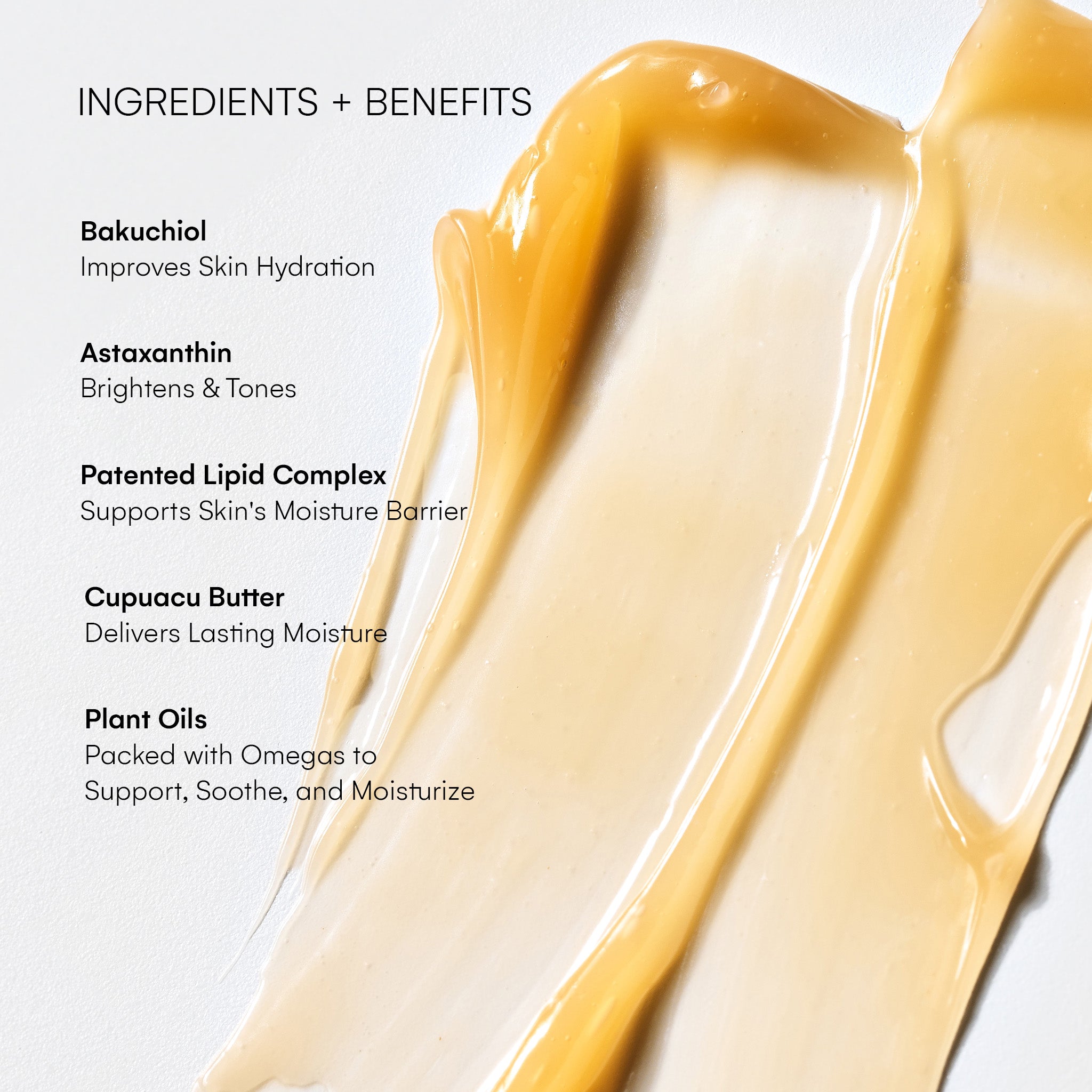
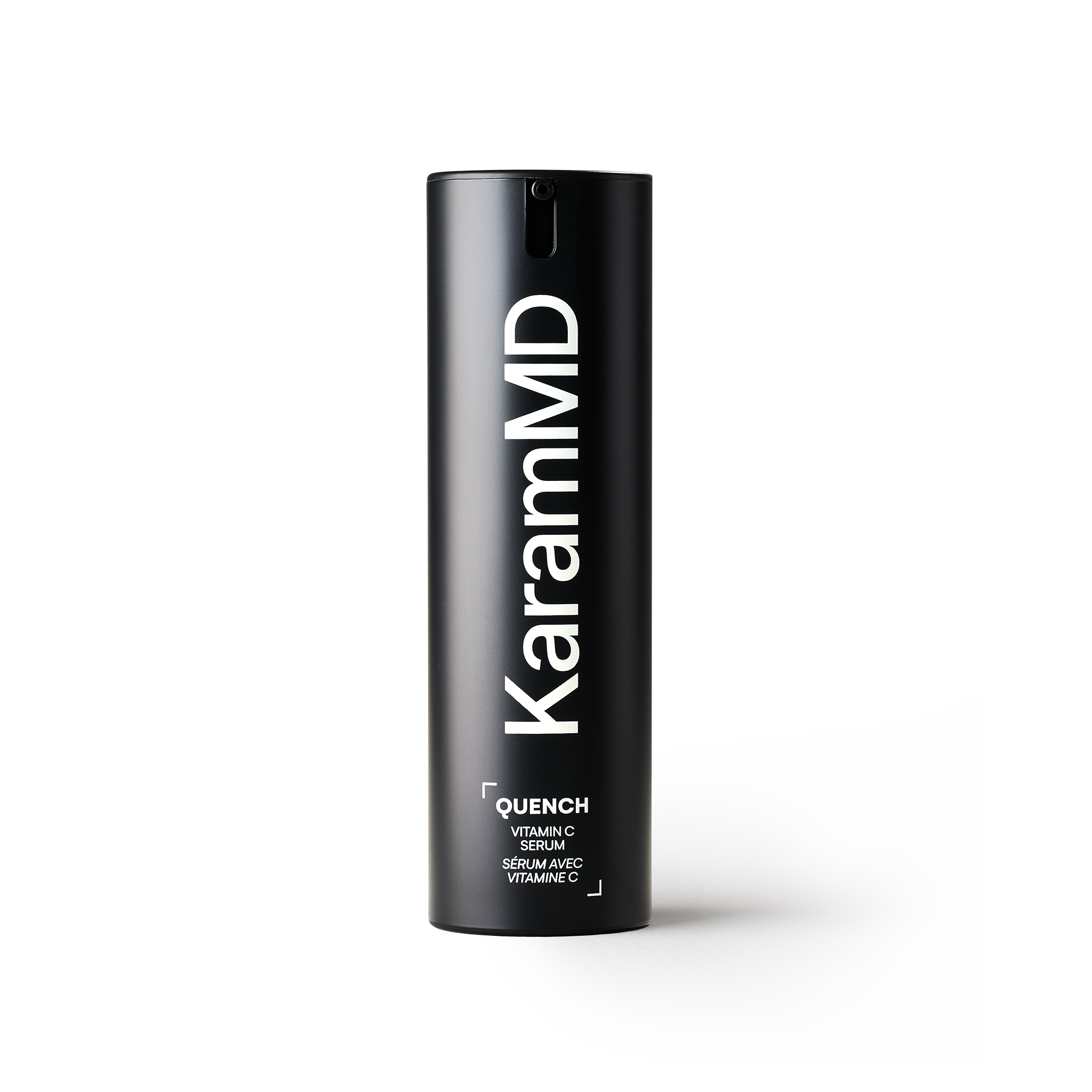
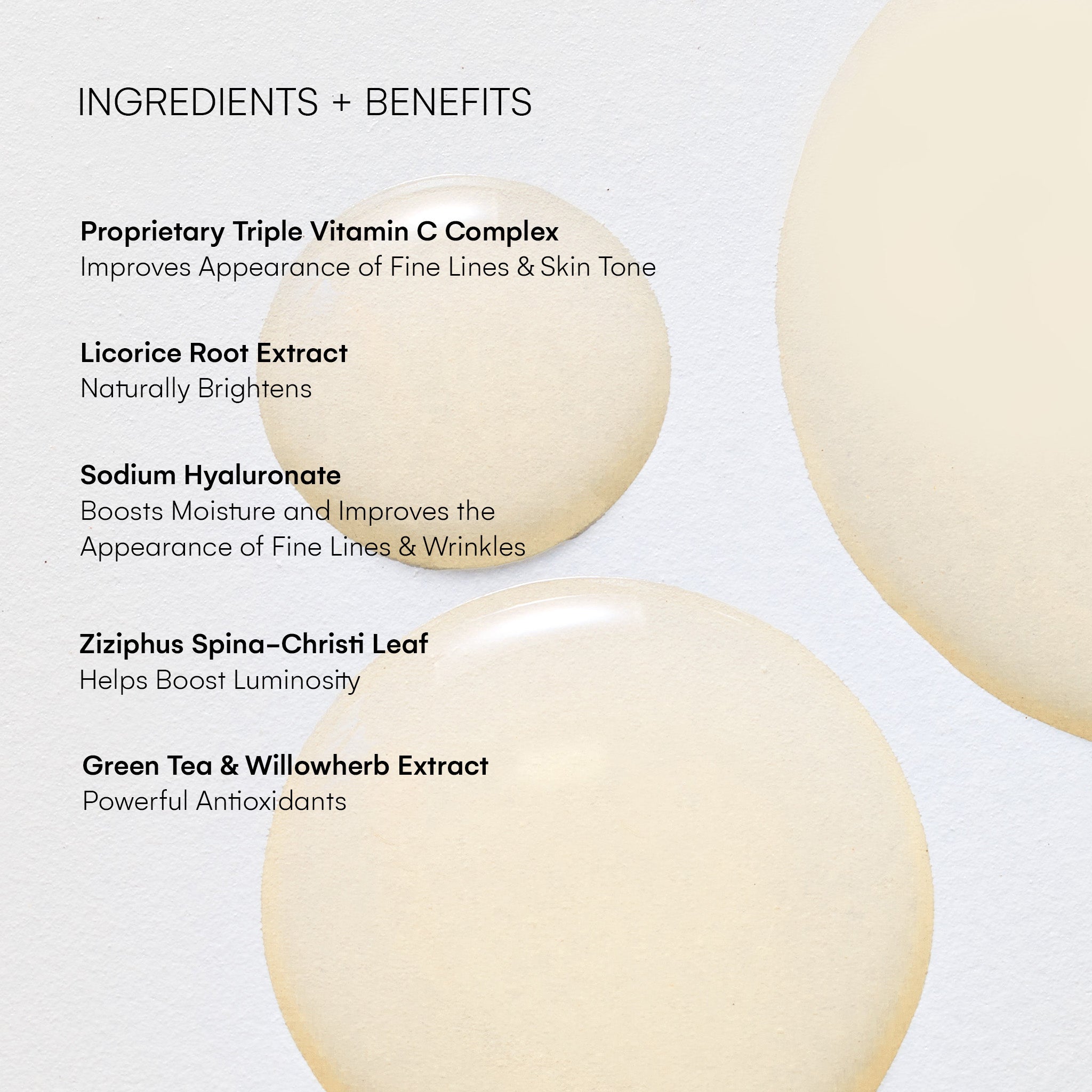
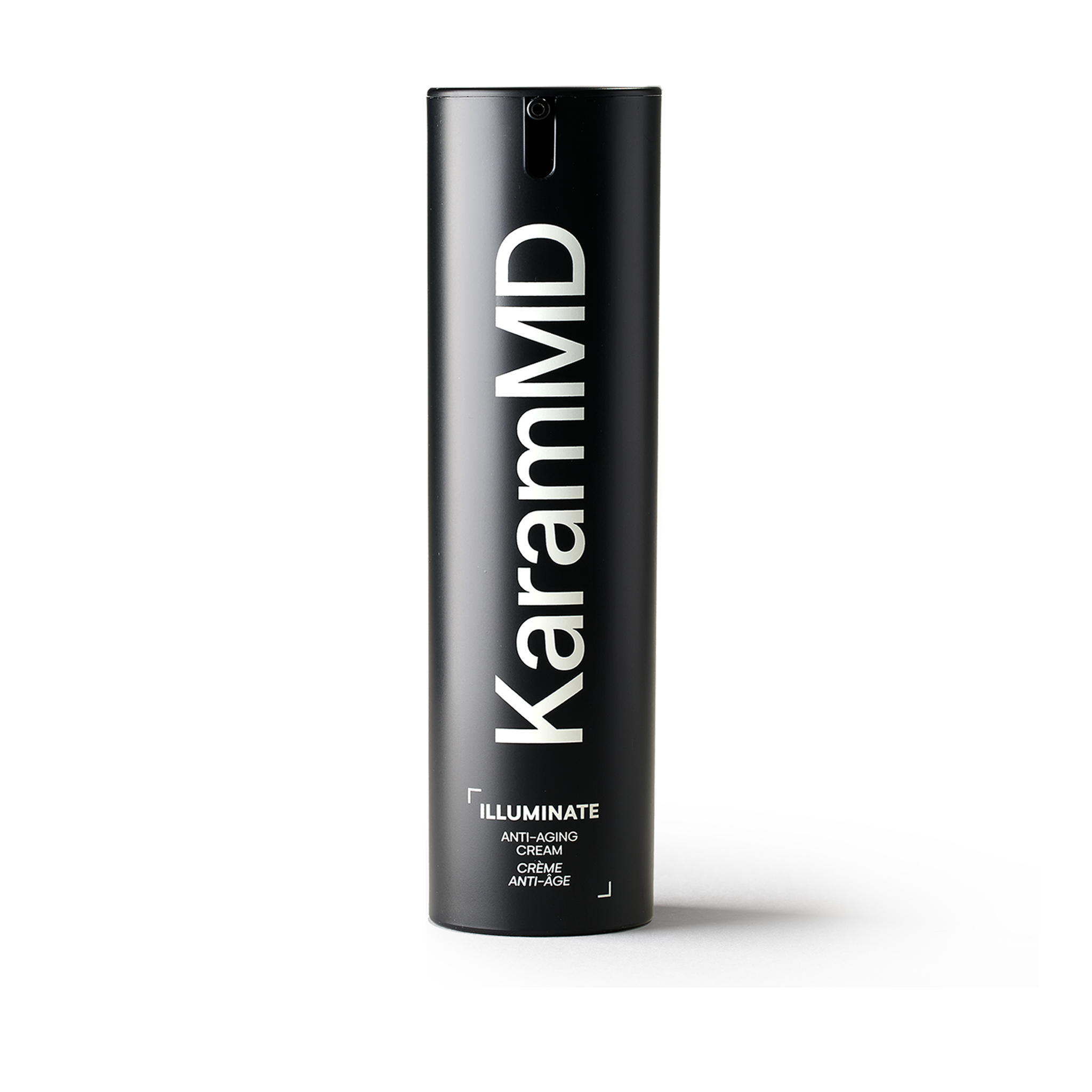

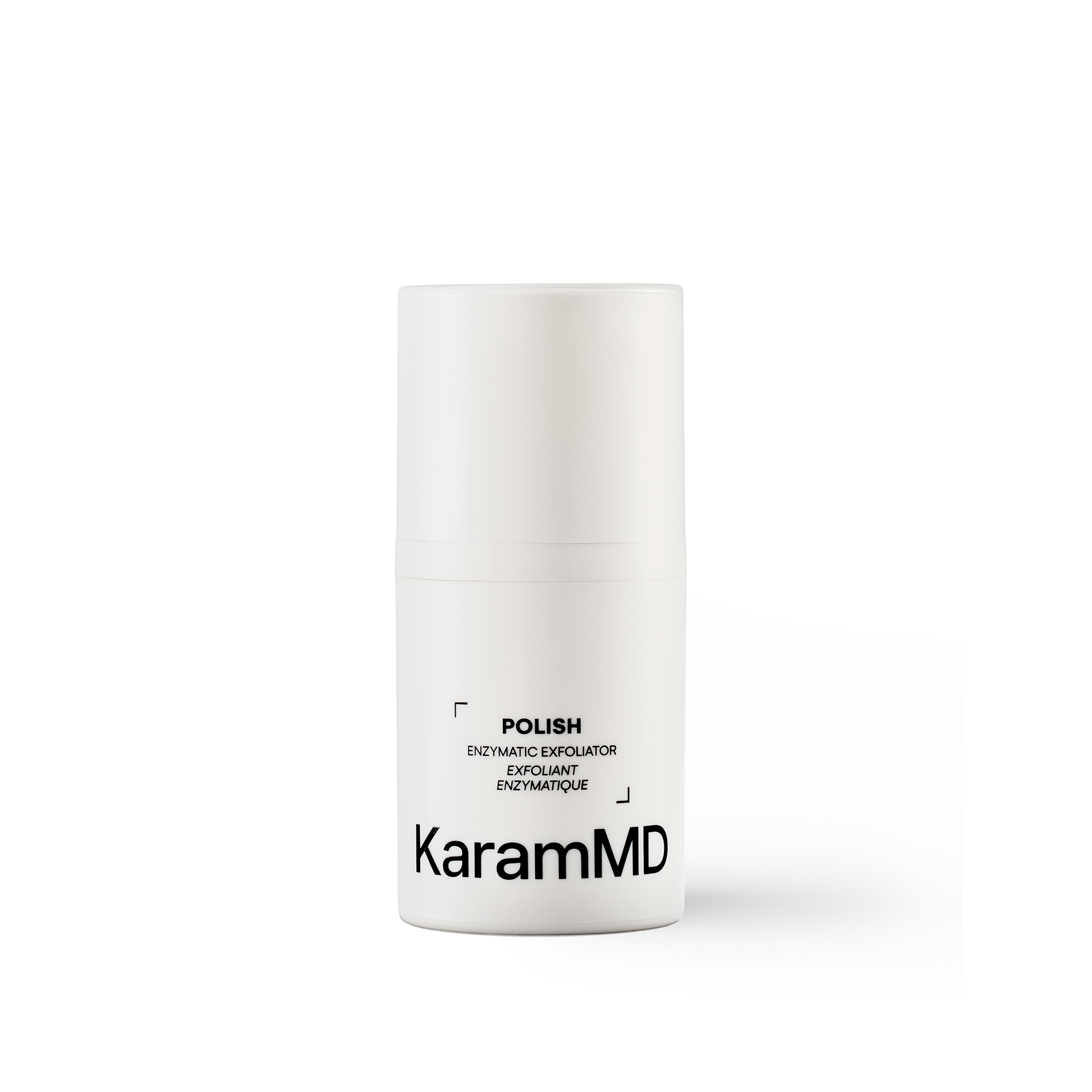
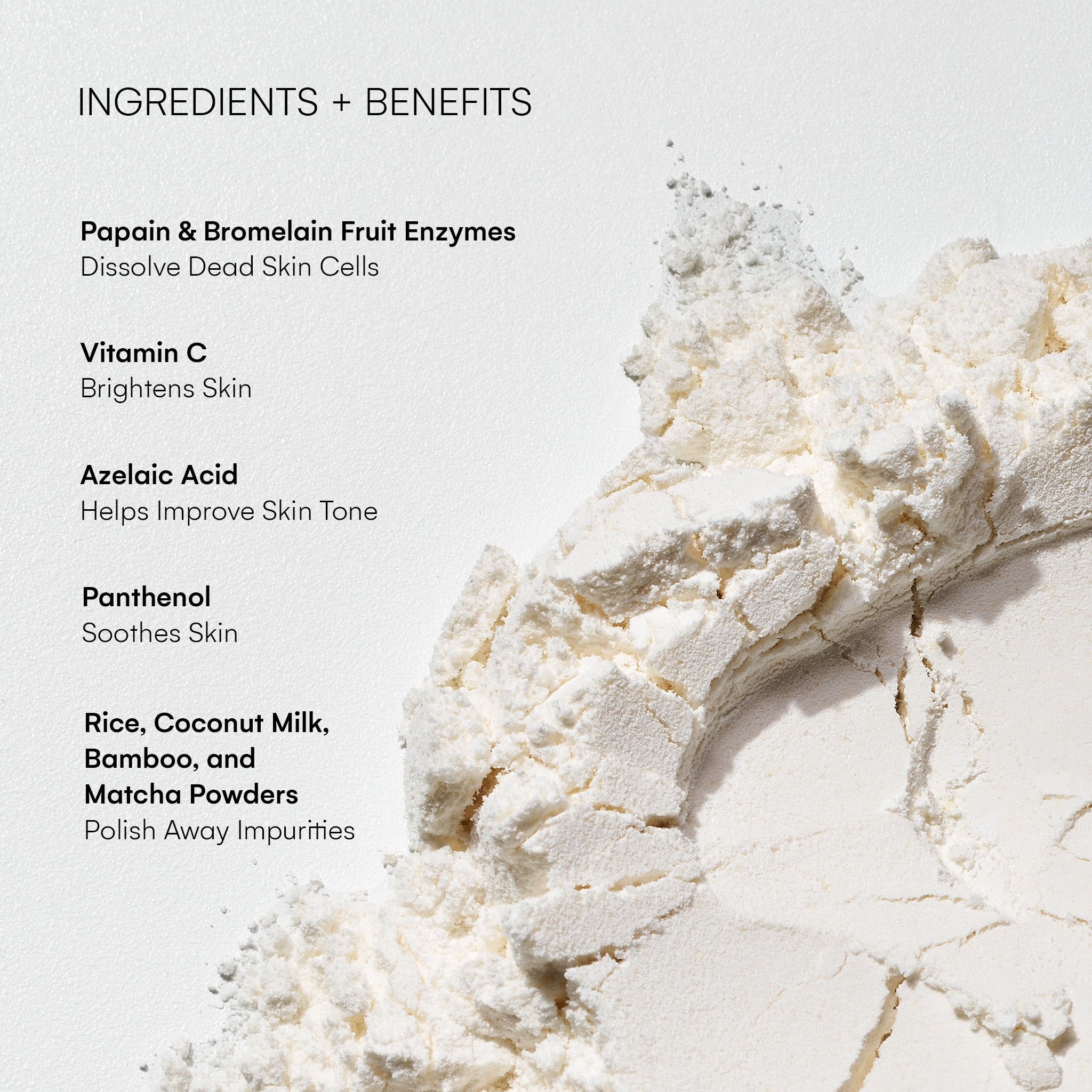
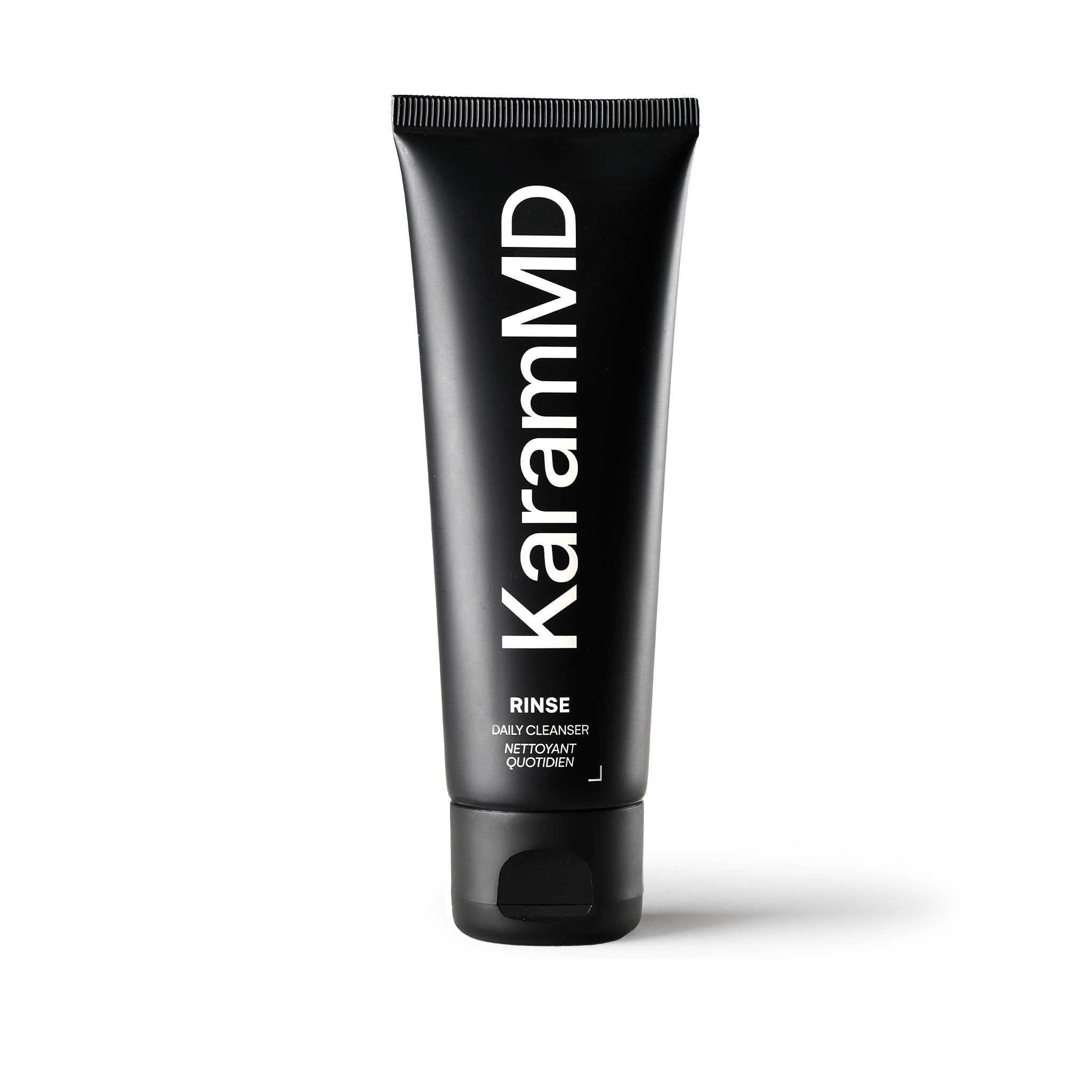
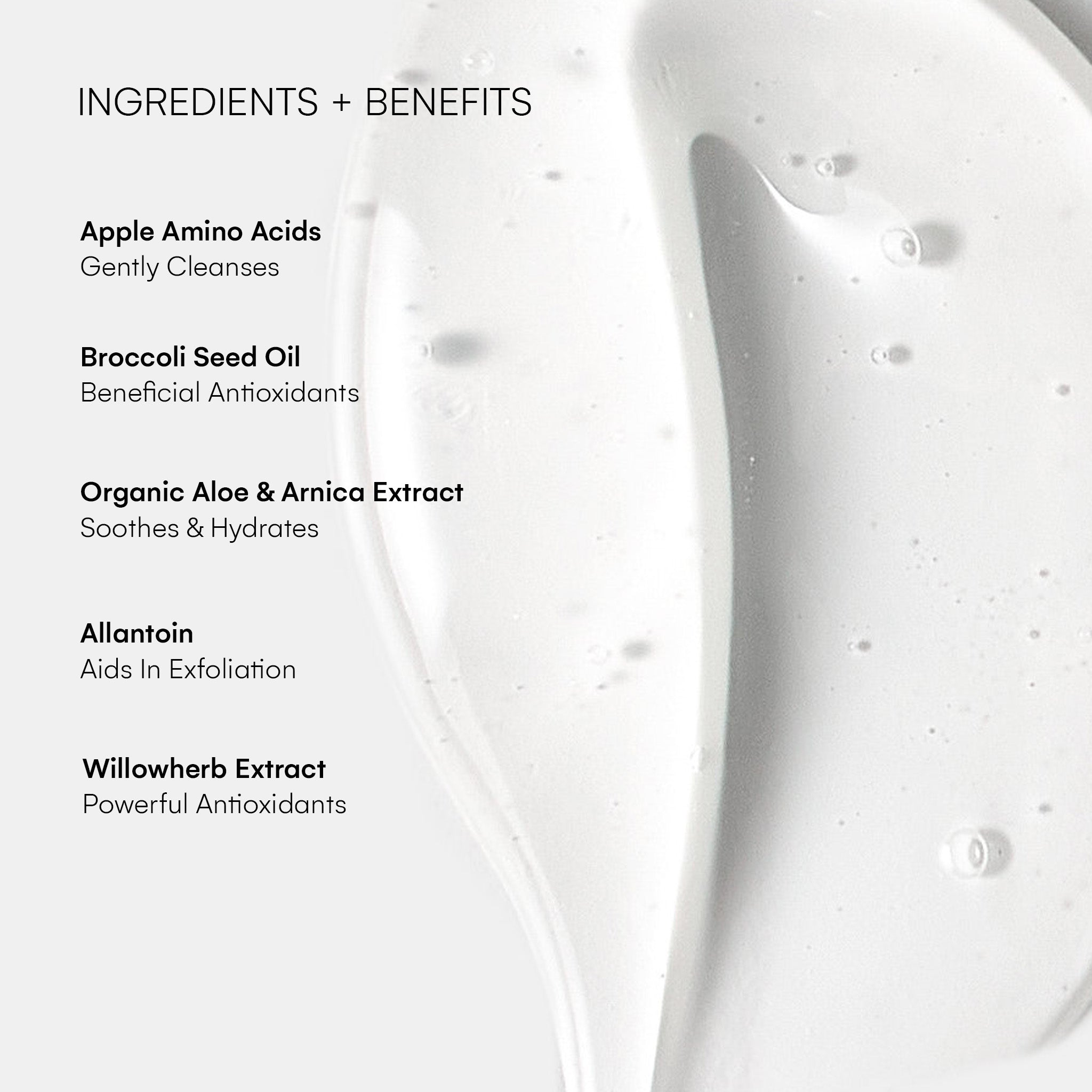
10 comments
Customer Support
Hi Mafalda—Thanks so much for your suggestion. We have added rosacea to our upcoming list of Journal articles and YouTube videos for the summer. We are always excited to get ideas straight from our readers, so we appreciate you taking the time to share your thoughts. Make sure you’re subscribed to our newsletter, following KaramMD on Instagram, and following Dr. Karam on YouTube so you don’t miss it! Take care, and thank you for reading!
Customer Support
Hi Miriam—Millia can certainly be frustrating, but don’t worry, there are some things we could suggest that might help! First, make sure all of your products are non-comedogenic, like all of the products here at KaramMD Skin, so they won’t clog your pores. For example, do not use products with mineral oil, and check labels to make sure they say “non-comedogenic.” If you are not using Trifecta yet, that might be a great place to start. Rinse will help to deeply clean pores, the Vitamin C in Quench, and the Retinol in Illuminate will help improve cell turnover, and exfoliants like Polish can also help clear away dead skin to prevent pores from clogging. However, since the cause of millia isn’t always as clear as it is for a typical breakout, it’s hard to predict whether or not this will permanently prevent your skin’s condition in the future. Really, the best plan of action would be to visit a dermatologist who can assess your skin’s specific needs, and see if you are a candidate for a chemical peel or millia removal, but we are not able to give you that specific advice here. We hope this helps get your started, and wishing you the best of luck as you navigate your skincare journey!
Mafalda
Better facial products routine for rosacea skin. Thank you
Miriam
I would like to know if you have some knowledge about milia, a condition that I suffer with for the last 25 years.
Can you help me please.
Customer Support
Hi Pam, thank you for your message. If you would like to use Tretinoin with your Trifecta, we recommend using it at the end. Trifecta is meant to be used as a complete skincare system, so after you finish all three steps, you would apply your additional Retinol or Tretinoin afterwards as a supplement to the Retinol we already have in Illuminate. Hope that helps!
Leave a comment
All comments are moderated before being published.
This site is protected by hCaptcha and the hCaptcha Privacy Policy and Terms of Service apply.